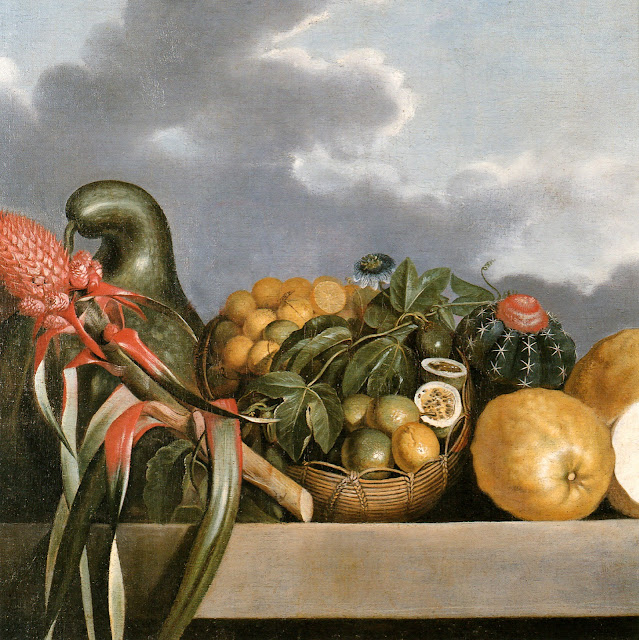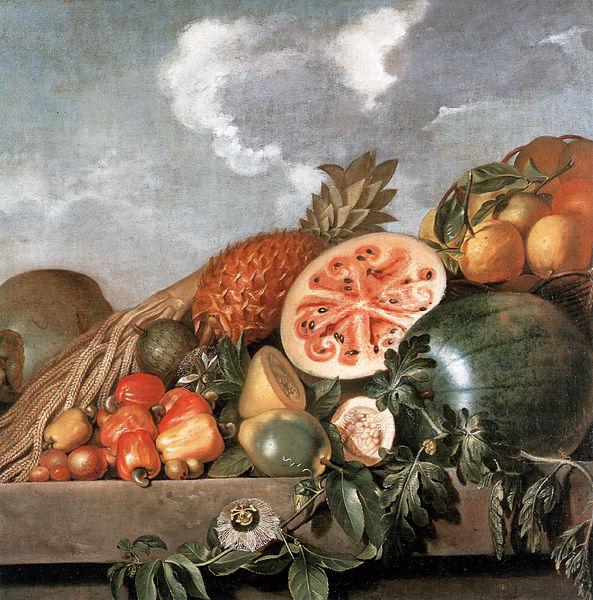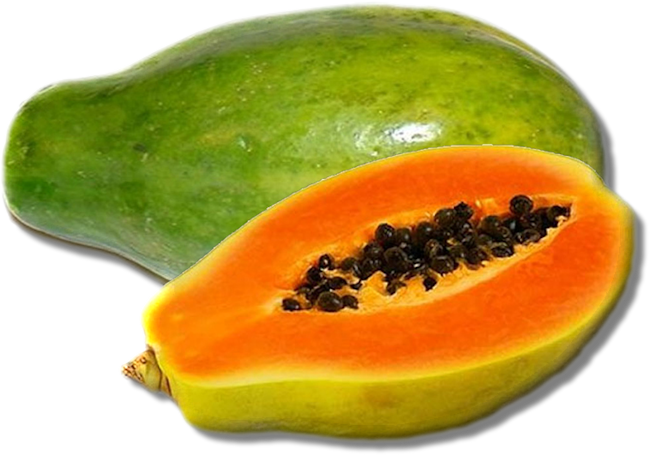


"...we can't heal what is ignored, nor can we live happily and freely if we continue running away from our own darkness"
-Yung Pueblo (Diego Perez)


Oftentimes, recognition of the Western Hemisphere’s ancestral Latin American contributions gained popularity due to white, European intellectuals.
Such was the case with Dutch artist, Albert Eckhout.
View his work above

Eckhout's painting of a Tapuya woman. What symbols do you see in the image above that reinforce the “savage” or “primitive” stereotype?
European artists, such as Albert Eckhout, are identified as initiating a drive for exploration and further strengthening the colonization of the Americas.
Lush landscapes, rich textures, layers and colors illustrating the natural world enticed European travelers and migrants alike. His chronicling and hyper-attention of plants and expansive lands within his paintings excited the general public and his academic peers to see what he saw, to enjoy what he depicted. Similar to artist Alexander Von Humboldt’s minimal use of human interaction, these nourished regions conjured grand ideals of virgin soil and exotic isolation. This indirectly reinforced the passivity of indigenous life by foreigners. Additionally, Eckhout created multiple series of paintings regarding individual Indigenous men, women and children which purposefully embedded this aspect of passivity as well as warnings through the use of symbols. The use of specific animals, insects, background landscapes, attire and tools of labor within these pieces enabled Eckhout a way to degrade and oppress his subjects while displaying realistic features of their lives.
These are not representative of the reality experienced by those colonized; and modern artists are refuting and reimaging this narrative to invigorate Indigenous elevation.
Indigenous culture’s intergenerational understanding of plant management has and continues to imbue a set of values and techniques inherent in resistance Traditional botanical knowledge has persisted amidst long standing periods of direct armed conflict with indigenous groups, commoditization of people for labor and severe resource extraction. Environmental degradation caused by climate change in addition to deforestation for agricultural land has directly affected the epicenter of traditional knowledge; ecological systems and their incredible biodiversity. The resiliency of Brazil’s Indigenous peoples and their agricultural intelligence is in direct conflict with the Euro-centric images of old.
This page was inspired by this article

This page was created by Argentina